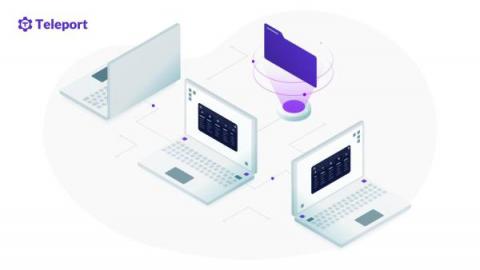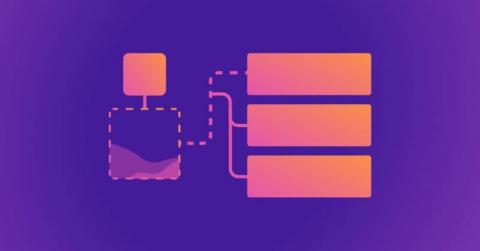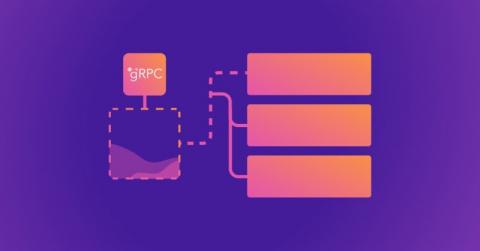The 6 Biggest Challenges of REST API Testing
Securing REST APIs is particularly difficult since they are highly interconnected and not designed for manual access. To save time and be more efficient, many developers rely on testing solutions that can automatically detect REST API endpoints and test parameter properties within them. In this article, I want to provide an overview of the 6 biggest challenges of REST API security testing and how test automation can help resolve them.










